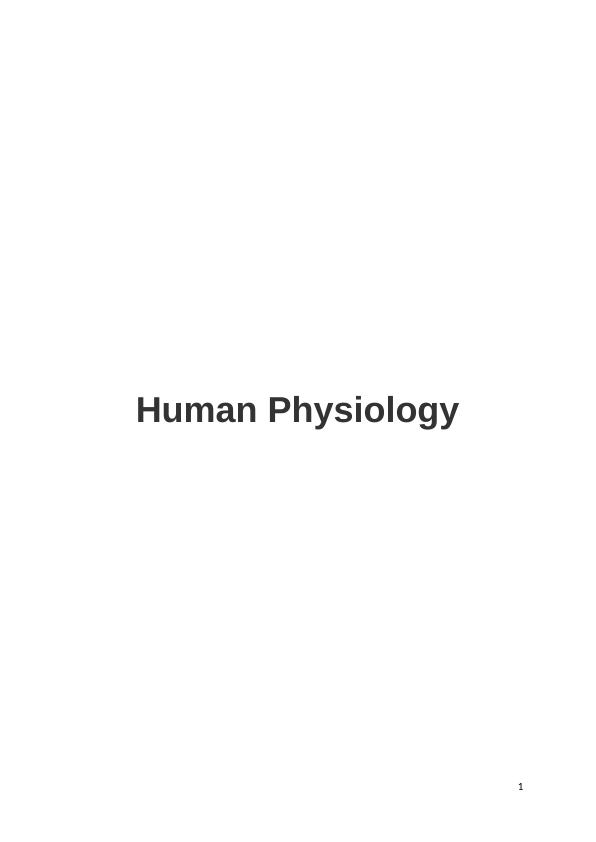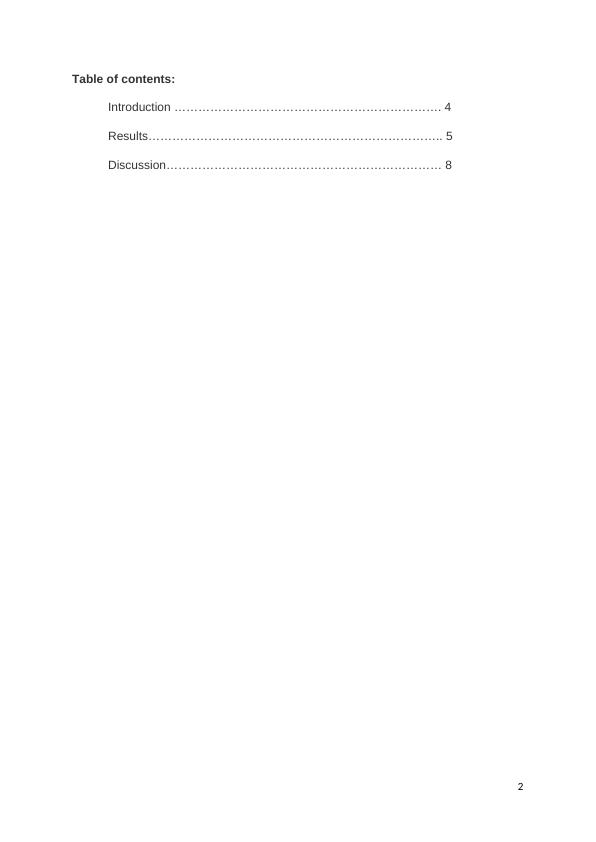Effect of short-term exercise on cardiovascular, respiratory and muscular systems
12 Pages2808 Words171 Views
Added on 2023-04-24
Effect of short-term exercise on cardiovascular, respiratory and muscular systems
Added on 2023-04-24
ShareRelated Documents
End of preview
Want to access all the pages? Upload your documents or become a member.
Exercise Physiology Assignment PDF
|14
|2790
|60
Effect of Upper and Lower Extremity Exercise on Blood Pressure of Healthy Male Adults
|5
|1360
|255
Case Study of Mrs. Eleano Hale with Pneumonia and Cardiovascular Issues
|10
|2322
|320
Chronic Systolic Heart Failure: Causes, Symptoms, and Treatment
|8
|2001
|221
Assignment On The Respiratory
|9
|2323
|16
EXACERBATION OF SYSTOLIC HEART FAILURE QUESTION ANSWER 2022
|8
|1870
|25




